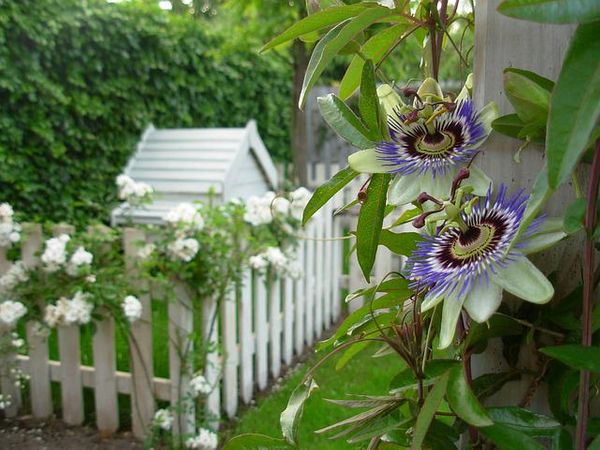Propane gas is an energy-efficient alternative to natural gas and is considered to be a green fuel. It’s also safe and cost-effective. While it can be used on a smaller scale for heating things like fire pits and grills, a propane gas tank is often used for residential heating needs.
The only problem? When your propane supplier rolls up to drop off your new gas source, it brings along a large, unsightly tank. These tanks must be installed outside the home. This can cause difficulties when it comes to yard aesthetics. How do you hide a large white barrel?
Fortunately, there are many ways to camouflage this heat source.
Think safety first.
As you consider ways to conceal your propane tank, keep in mind all the things you can do to it that will make it unsafe so you can avoid these things.
Do not fully enclose the tank, no matter how far away the enclosure is from the tank itself. Boxing in a tank restricts ventilation and can cause a safety hazard due to fumes.
You also don’t want to block access to it, as it needs to be easily accessible if it has to be checked.
Aboveground tanks should not have any valves or openings blocked. Underground tanks must have a lid that can be clearly seen and easily opened.
Though you may be tempted to rid yourself of the white or gray the tanks usually come in, don’t paint it.
How to Hide a Propane Gas Tank? Bury it.
While most tanks are installed above ground, some can be placed below.
Check with your propane company to see if this option is available through them, and also if your property is suitable for this type of installation.
This frees up yard space and makes it easier to conceal a smaller tank since half of it is already out of sight.
Get to planting.
Whether above or underground, a flower bed, shrubbery, or other plants are a great distraction to put around a propane tank.
Be sure to stick to plants with small roots that won’t run the risk of growing toward the tank. Do not plant anything less than five feet away from the tank.
Some ideal plants are flowering shrubs like forsythia; tall, lush grasses like flax, or branching plants like morning glory.
Remember to not become too attached to what you put in the ground; if your tank needs services, odds are the technicians will have to dig your garden up.
If this is an issue, place potted plants in front of the tank instead. These can be easily moved in the event of servicing.
Put a trellis or partial fence in front.
If you’re planting something with vines, consider adding a trellis right behind it to create a flowering wall.
You may want to put one or two panels of a fence in front of the tank.
Again, keep these structures no less than 5 feet from the tank and don’t enclose it completely. Putting up a piece wide enough to cover the propane gas tank with the sides open should do the trick.
Also Read: The 3 Essentials to Be Able to Live Off-Grid


